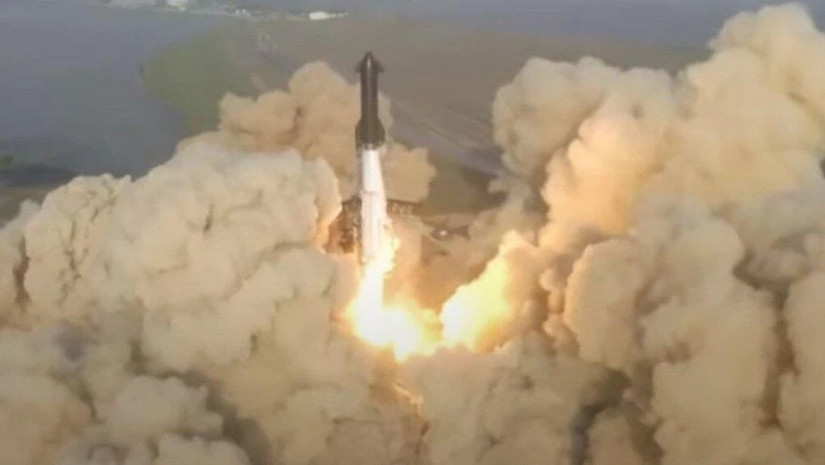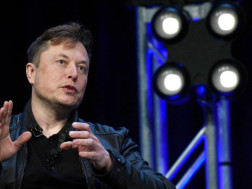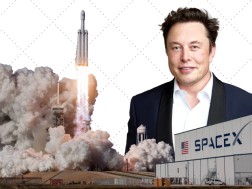SpaceX’s giant new rocket exploded minutes after blasting off on its first test flight Thursday and crashed into the Gulf of Mexico.
Elon Musk’s company was aiming to send the nearly 400-foot (120-meter) Starship rocket on a round-the-world trip from the southern tip of Texas, near the Mexican border. It carried no people or satellites.
Images showed several of the 33 main engines were not firing as the rocket climbed from the launch pad, reaching as high as 24 miles (39 kilometers). There was no immediate word from SpaceX on how many engines failed to ignite or shut down prematurely.
The booster was supposed to peel away from the spacecraft minutes after liftoff, but that didn’t happen. The rocket began to tumble and then exploded four minutes into the flight, plummeting into the gulf.
After separating, the spacecraft was supposed to attempt to circle the world, before crashing into the Pacific near Hawaii.
Throngs of spectators watched from South Padre Island, several miles away from the Boca Chica Beach launch site, which was off limits. As it lifted off, the crowd screamed: “Go, baby, go!”
Musk, in a tweet, called it “an exciting test launch of Starship! Learned a lot for next test launch in a few months.”
In the weeks leading up to the flight, Musk gave 50-50 odds that the spacecraft would reach orbit.
“You never know exactly what’s going to happen,” said SpaceX livestream commentator and engineer John Insprucker. “But as we promised, excitement is guaranteed and Starship gave us a rather spectacular end.”
The company plans to use Starship to send people and cargo to the moon and, eventually, Mars. NASA has reserved a Starship for its next moonwalking team, and rich tourists are already booking lunar flybys.
It was the second launch attempt. Monday’s try was scrapped by a frozen booster valve.
At 394 feet and nearly 17 million pounds of thrust, Starship easily surpasses NASA’s moon rockets — past, present and future. The stainless steel rocket is designed to be fully reusable with fast turnaround, dramatically lowering costs, similar to what SpaceX’s smaller Falcon rockets have done soaring from Cape Canaveral, Florida. Nothing was to be saved from the test flight.
The futuristic spacecraft flew several miles into the air during testing a few years ago, landing successfully only once. But this was to be the inaugural launch of the first-stage booster with 33 methane-fueled engines.
SpaceX has more boosters and spacecraft lined up for more test flights. Musk wants to fire them off in quick succession, so he can start using Starships to launch satellites into low-Earth orbit and then put people on board, AP reports.
















